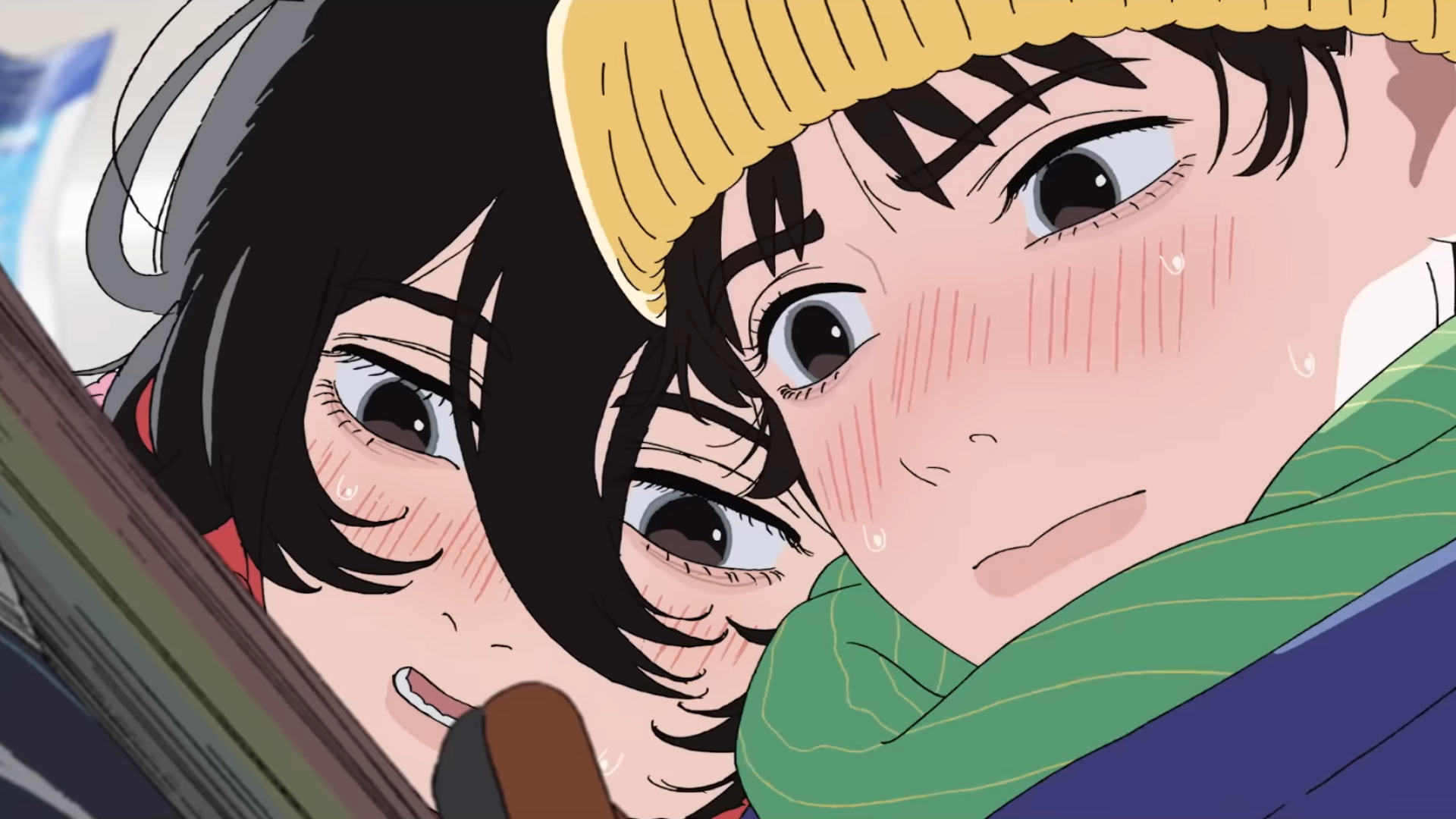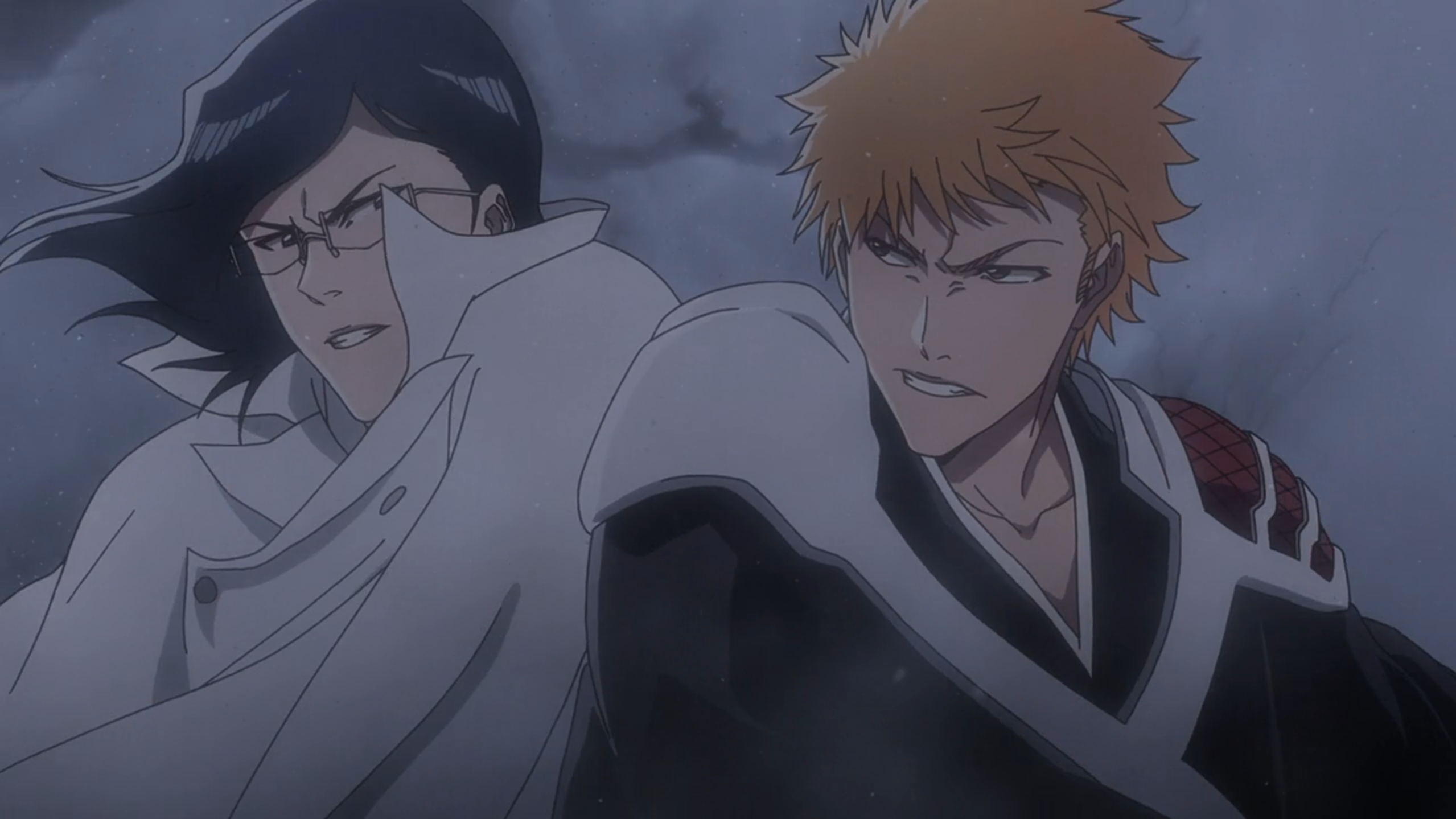
Interview: Tsubasa Yamaguchi, Author of Blue Period
Blue Periodwritten and illustrated by Tsubasa Yamaguchi, is a manga series that perfectly combines a strong narrative, excellent art, and an incredible narrative about art. The series follows high school second year Yatora Yaguchi, a student who gets excellent grades but lives a relatively dull life while maintaining them. One day, he discovers the beauty and excellence of painting and dives headfirst into learning about it.
The series follows his learning more about art, simultaneously exposing the reader / watcher to new artistic concepts as they learn alongside Yaguchi. The manga has been serialized in Kodansha’s seinen magazine Monthly Afternoon since June 2017, and its English language edition has been published by Kodansha USA since October 2020. Since its initial publication, there has also been an anime and live action adaptation.
We had the opportunity, during Kodansha’s special Kodansha House event, to speak with Yamaguchi-sensei. We asked questions about the beginning of her manga career, the inspiration for Blue Periodand the process of creating such a memorable and strong story.
Portions of this interview have been lightly edited for clarity.
Q: Can you talk about how you first began to work on manga?
A: When I started to officially write something that I called manga I think I was in college.
Q: How did you originally come up with the idea / premise for Blue Period? Did anything in the real world serve as inspiration either for the entire work or for parts of it?
A: So when I started working on this series, Blue Periodone of the pointers the editor gave me was “Please draw a manga that is commercially successful.” So I went to the bookstore, just to check out what the most popular manga being sold were. The biggest genres I saw during that time at the bookstore were (a) fantasy manga and (b) sports manga. That was my observation at that time. Maybe not (the actual most popular genres) but that was my observation. So I thought, “Nobody has drawn a manga about art, but from a sportsmanship point of view.” Because I have been studying art all my life, I thought I could combine that style — sportsmanship type of story, including the study of the art.
Q: In your work, how do you approach maintaining realism in the story without making it overly technical or too complicated for the average reader?
A: I always imagine this story to feel like you are studying art with the main character. Our main character doesn’t start out with much knowledge about art, but he’s finding out about it for the first time, and maybe he’s failing at it for the first time. So we’re walking through these types of stages along with the main character.

Q: Within Blue Periodwould you say you had the majority of the story worked out early on, or did it develop bit-by-bit over time? What about for the ending?
A: Ultimately speaking, I feel like it’s the latter, which means I was going along with it to come up with the story. There’s a harsh truth in Japanese publishing, that if your manga is not popular enough in a magazine, they will cancel your story. So you can’t plan for a giant epic without a guarantee to be able to have that time to complete it. I was kind of making it as I go to make sure it stays exciting the whole time.
Q: What do you prioritize when creating a good character?
A: This is top secret (laughs), but whenever I try to think of characters’ motives, I think of what their wishes are, what their despairs are, and what is their reality — what their ultimate choices are. So when we have what they wish to be, and then there’s an obstacle (preventing them from making) that happen, and when they ultimately have to make a choice (to make it happen), I feel like that really brings out the personality of the character. This is the first time I’ve actually ever talked about this in an interview (laughs).
Q: Can you talk about the merits and difficulties of adapting the Blue Period story into a live-action film?
A: So first, the good part about making a live-action is that you can incorporate so much information into one scene. For example there’s background music, subtle expressions on the actor’s face, even if there’s very few words being said, there’s so much more that you can be expressing in one scene, which I didn’t even realize when I was drawing a manga myself. So that was a good part. The difficult part is trying to fit so much during the limited length of the movie itself. And trying to execute the full story. I think that was the most difficult part.

Q: Have you found that a lot of artists especially connect with the story? Do you know of anyone who has decided to pursue a career in art because of it?
A: Yes, absolutely. There’s actually quite a bit of people like that. There are people who send me fan letters saying “I just started to draw fan art.” There are a few other people who say “I quit my job and started to go to art school.” So there’s a variety of people who were influenced by this story. It’s actually getting more popular to get into art school in Japan right now. I’m actually quite happy that choosing the path of art has become more of an accepted choice and available to the kids in Japan. I really appreciate those people who have read my work that it’s truly reflected on their own life that they took it to their heart and pursued their art work career. However, its also a tough path. So I’m a little bit concerned for them if they choose to take a path that’s taking risk.
Q: What’s your impression of Kodansha house and the different exhibitions?
A: So much fun. I rode the Akira bike photo op. At the Attack on Titan photo op — I’m here with my baby. I did a photo with my baby, pretending like she’s the Colossal Titan.
Q: Is there a character in any of your works that you feel like deserves more love or attention?
A: There’s a character named Hacchan (Kenji Hachiro, from Blue Period) . He’s from a group of three or four friends. I think he’s a good guy. But nobody really wants me to talk about him ever. I kind of wish that there was more of a spotlight on him.
We’d like to thank Tsubasa Yamaguchi for taking the time to speak with us and thank the folks over at Kodansha for putting on such a fantastic event with Kodansha House. The Blue Period manga is available in English at Kodansha and the anime series is available to stream on Netflix.
©︎ Tsubasa Yamaguchi, Kodansha/Blue Period Production Committee

